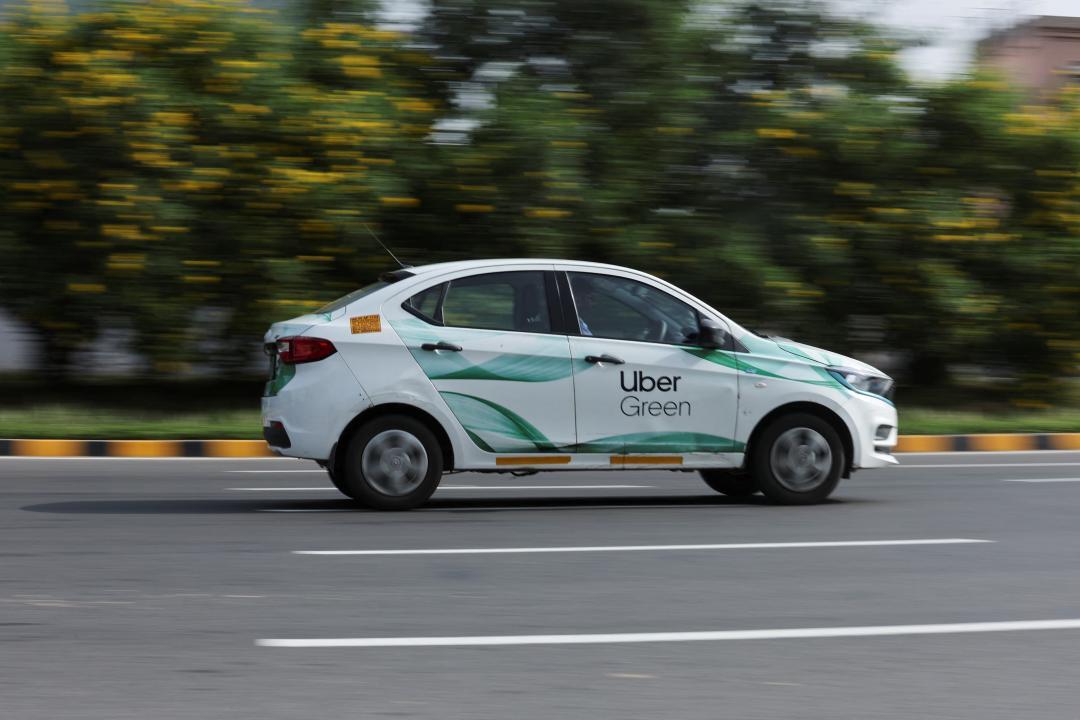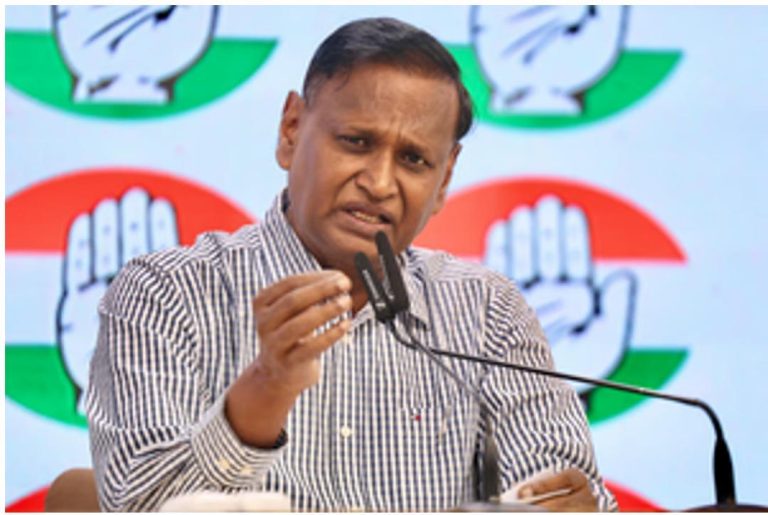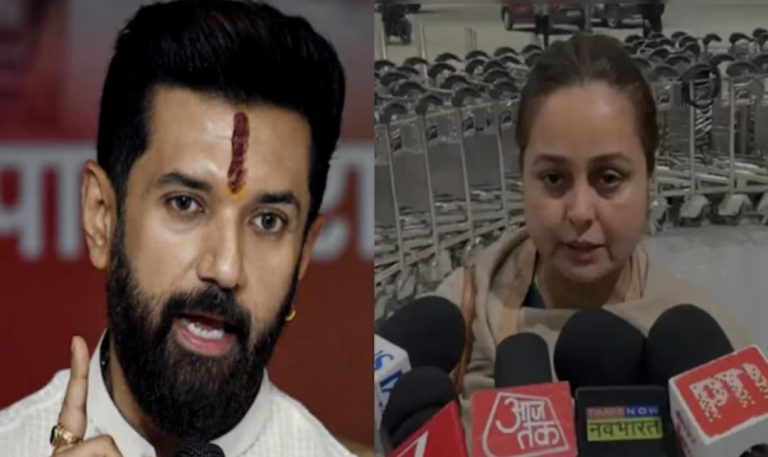
Why are Ola, Uber & Rapido drivers on indefinite strike in Mumbai?
The streets of Mumbai are witnessing a rare sight – a strike by thousands of cab drivers of popular ride-hailing services like Ola, Uber, and Rapido. The drivers, who are the backbone of these services, have gone on an indefinite strike, leaving commuters with longer wait times and fewer options. But what triggered this strike? Let’s dive into the reasons behind the strike and the impact it’s having on the city.
According to reports, the strike began on a Monday morning, with thousands of drivers participating. The drivers, who are affiliated with the Mumbai Kaaya Rava Mahasangh, a union that represents cab drivers, are demanding better wages and a reduction in commission charges levied by the aggregators. In an interview with NDTV, the union’s president, Shashank Rao, said, “After deducting aggregator commissions and fuel expenses, our actual income falls to just ₹8-12 per kilometre. This is unsustainable amid rising fuel and maintenance expenses.”
The drivers are seeking a significant increase in their earnings, citing rising expenses and a decline in their take-home pay. They are demanding a minimum fare of ₹25 per kilometre, which is a significant increase from the current minimum fare of ₹10 per kilometre. Additionally, they are seeking a reduction in the commission charged by the aggregators, which they claim is as high as 25%.
The strike has caused significant disruptions to the city’s transportation network, with commuters facing long wait times and limited options. The city’s residents are finding it difficult to get around, with many left stranded at bus stops and railway stations. The strike has also had an impact on the economy, with businesses and industries that rely on these services facing significant disruption.
The drivers’ union is also seeking better working conditions, including a reduction in the number of hours they are required to work. They are demanding a maximum of 12 hours of work per day, which is a significant reduction from the current 16 hours. The union is also seeking better maintenance facilities and a reduction in the cost of repairs and maintenance.
The strike has also drawn attention to the working conditions of the drivers, who are often forced to work long hours without adequate breaks. Many drivers are also forced to work without adequate insurance coverage, leaving them vulnerable in the event of an accident. The strike has highlighted the need for better working conditions and benefits for the drivers, who are the backbone of these services.
The aggregators, on the other hand, have been accused of exploiting the drivers by deducting high commissions and fuel expenses. The drivers are forced to pay for fuel and maintenance costs out of their own pockets, leaving them with little to no profit. The aggregators have been accused of prioritizing profits over the welfare of the drivers, who are the ones who are actually operating the vehicles.
The strike has also sparked a debate on the gig economy and the treatment of workers in the industry. Many experts are calling for greater regulation and oversight of the aggregators, who are often accused of exploiting workers. The strike has highlighted the need for better protections for workers in the gig economy, who are often vulnerable to exploitation.
In conclusion, the strike by Ola, Uber, and Rapido drivers in Mumbai is a significant development that has highlighted the working conditions and earnings of the drivers. The drivers are demanding better wages, a reduction in commission charges, and better working conditions. The strike has caused significant disruptions to the city’s transportation network, and has drawn attention to the need for better protections for workers in the gig economy. As the strike continues, it remains to be seen how the aggregators and the government will respond to the demands of the drivers.






